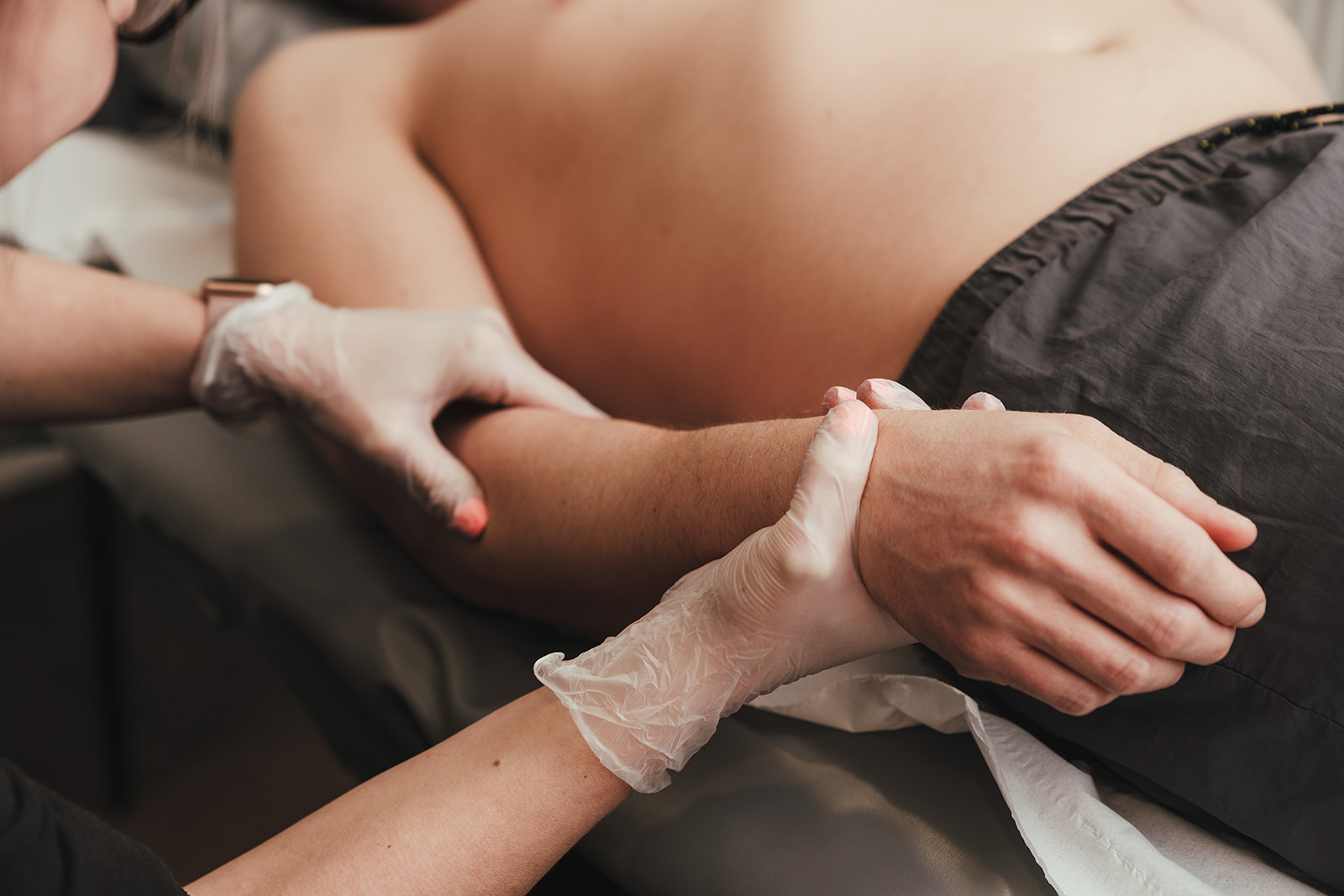osteopathy
Our team of Osteopaths offer a wealth of experience, skill and expertise.
Osteopathy is a primary health care system, complementary to other medical practices. It is suitable for almost anyone and can contribute to the treatment and management of a wide range of conditions. Osteopaths primarily work through the neuro-musculo- skeletal system, mostly on muscles and joints, using holistic and patient-centred approaches.
The key tools for osteopathic diagnosis include listening to the patient’s history, examining muscles and joints and observing movements. X -rays, scans and other clinical investigations are also used if required.
Treatments comprise of soft tissue massage, gentle mobilisation movements we call articulation, and firmer carefully controlled movements we call high velocity amplitude thrusts – HVLA’s which stretch the stiff part often accompanied by a series of ‘clicks’ or ‘pops’.
Rehabilitation in the form of specific stretching and strengthening exercises are provided where necessary.
There are two stages to Osteopathic care:

1
Initial pain relief in the acute stage.

2
Maintenance treatment to maintain the current state of the condition, or preventative treatment to prevent the build up of stiffness, which often leads to acute flair-ups. Maintenance treatment is not required for all patients but is recommended to those with degenerative conditions or those with long term maintaining factors to their condition.
Regulation of Osteopathy
All osteopaths in the UK are regulated by the General Osteopathic Council (GOsC).
Osteopaths must be registered with the General Osteopathic Council in order to practice. Patients may be referred by their doctor, or may opt to see an osteopath independently.
Training
Osteopaths are required to renew their registration each year and we provide registrants with an annual license to practice. As part of this process, the GOsC checks that osteopaths have current professional indemnity insurance, remain in good health and of good character, and have met mandatory continuing professional development requirements.
All osteopaths practicing in the UK have completed rigorous training. Students of osteopathy follow a four or five year degree course, during which they study anatomy, physiology, pathology, pharmacology, nutrition and biomechanics. In addition they undergo a minimum of 1,000 hours of clinical training. Qualification generally takes the form of a bachelor’s degree in osteopathy — a BSc(Hons), BOst or BOstMed — or a masters degree in osteopathy (MOst).

